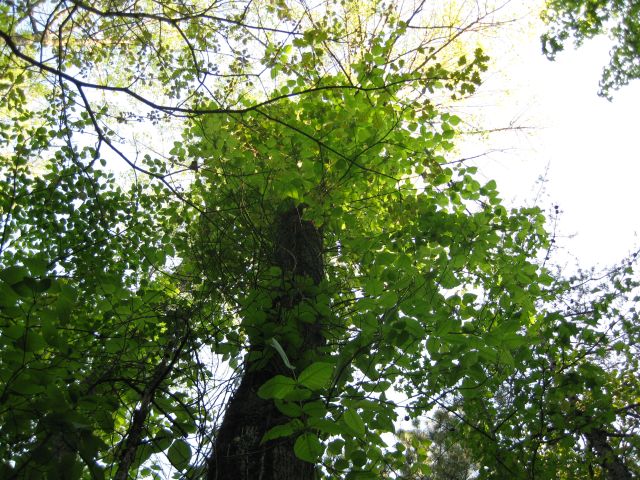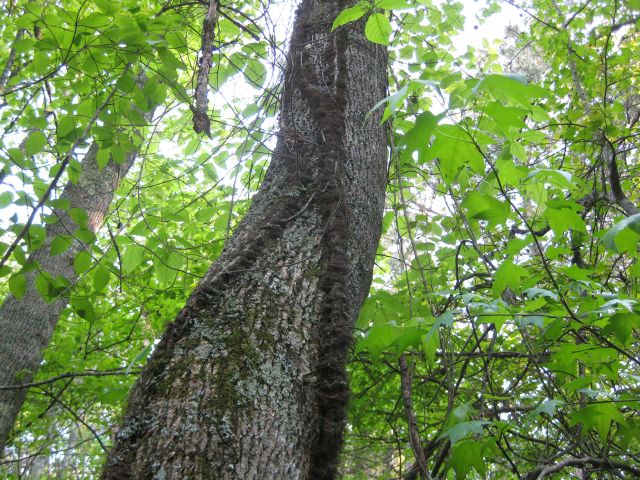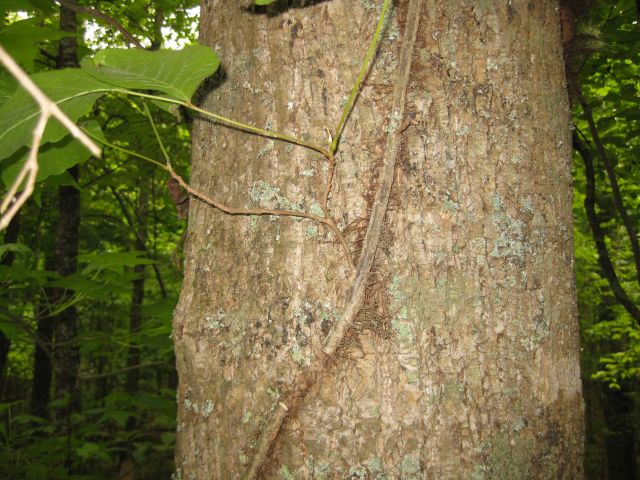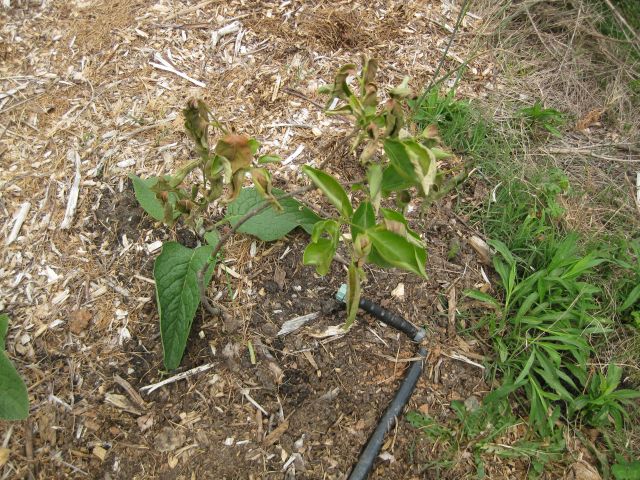I used to think observation was the key talent. On trips through the Kruger game reserve in South Africa my siblings and I competed to spot the lion, cheetah, leopard or unusual game first. On a river boat trip through north Australia we competed to be the first in the launch to spot the saltwater crocs (“salties”) lazing on the banks. And for such contests a sharp eye was all that was needed.
But in my interactions with nature, observing the discordant object is only the first step. Understanding why is equally important.
For several years my spring routine has been to spray roundup on the poison ivy alongside my walking paths in the woods. I believe in live and let live, but my dog is an investigator which requires her to explore scents and droppings off the trail, which are often in the poison ivy patches, and she then transfers the poison to all who contact her. So I use roundup for this purpose and this purpose alone. There is a glade alongside the trail where poison ivy thrives, despite repeated attentions from the sprayer. I observe the poison ivy, I drench and then later in the season spray again and the next year, there it is again, and more spraying. This year, as I was about to spray, I received a cell call and so lingered at the spot longer than usual and then happened to notice two snake like vines heading up a tree. Yes, they were poison ivy vines, which explains why, despite my ministrations, the poison ivy continually resurfaced sponsored by seed from overhead. Had I reflected on the persistence of the poison ivy I may have thought to look up and not always down.


Of course, once you know about it, it is a simple matter to identify it elsewhere, as in this other tree, 10 ft away.

But often more is needed than just knowing what to look for. Analyzing what you are looking at and being aware of the changing environment is a necessary skill.
A couple weeks ago as I passed my new orchard I happened to notice that one of the small trees (tanenashi persimmon) was suffering. Half of its leaves had turned brown. I remembered that I hadn’t watered this area for a week and, except for the previous day which had been cold, the spring weather had been in the 80’s. None of the other trees was afflicted but I reasoned this particular tree was probably more susceptible to lack of water, so I promptly irrigated the orchard. I did notice I had planted Russian comfrey too close to the small tree but reasoned this could not be the cause since comfrey is not allelopathic. Then a little later that morning, I noticed that my tomato and cucumber seedlings were also afflicted – in their case I had watered every day, except the previous day which was cold. This seemed unusual hardship for one day’s missed watering. My mind wandered idly over these facts – perhaps there were root nemitodes attacking the one fruit tree and the tomatoes and cucumbers – such selective treatment seemed unlikely. Then I noticed, in a separate planting the cucumbers were doing fine and they also had not been watered the previous day because it had been cold. So why was the one lot ok and the other lot disaster. Then it dawned on me – the previous day had been cold, but how cold – had there been a freeze? I happened to meet my neighbor and he said the water in his hose had frozen the previous morning.
Now it made sense – the fig tree and the tomatoes and cucumbers are cold sensitive and had been hammered by the freeze. And the reason the other cucumber planting was ok was because it is on the crest of a hill with no obstructions below it, so the frost, like water, slid down the hill away from it, which was not the case with the other planting which was on level ground.

All of this conjecturing and misdiagnosing could have been avoided had I, the previous day, just glanced at my min/max outdoor thermometer, which would have told me how cold it had been and then, with this knowledge I would have understood the changes. So I need to remove distractions and attune myself better to my surroundings.
Or pursue a more analytical approach as Bill Mollison suggests in “Permaculture – A Designers’ Manual”: first make value-free non interpretative notes about what is seen; then select some observations and prepare a list of speculations; then confirm or deny the speculations by research, asking others, and/or devising more observations to test the hypothesis; then make a final examination of all the information to hand to arrive at a conclusion; and finally decide how to use the knowledge gleaned. A disciplined approach for me to consider.
